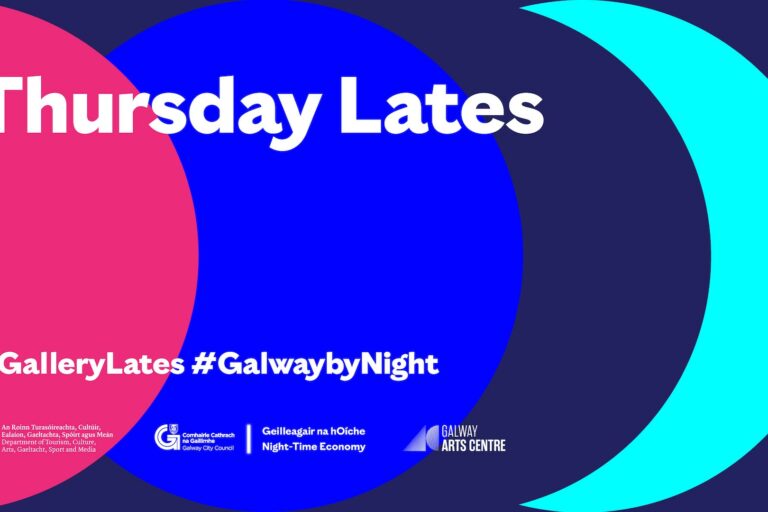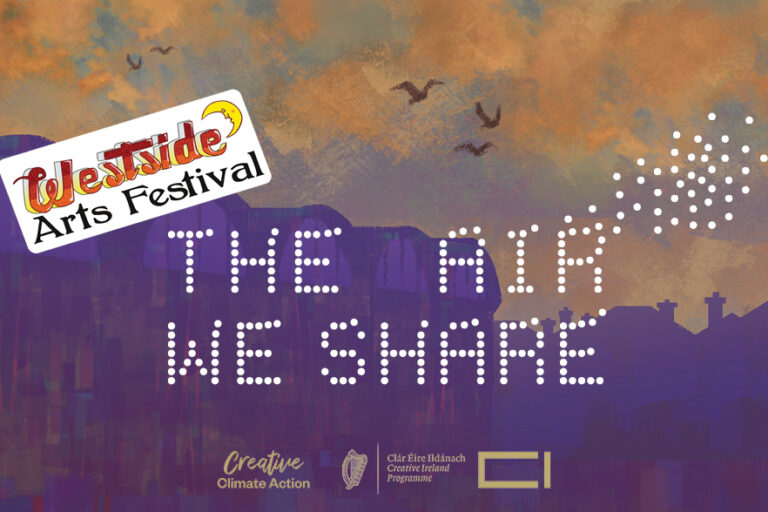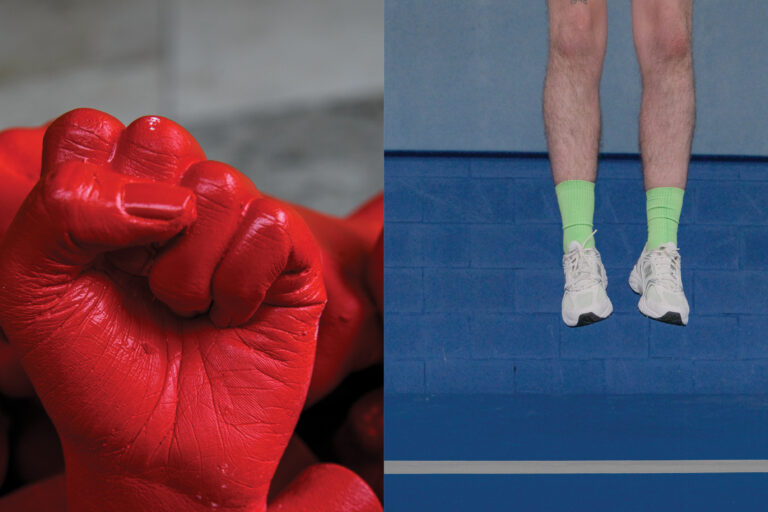Event Details
Dates
16/04/2009 – 16/04/2009
Image courtesy of the artist
In the hope of straightening things out., 2009.
Clyclus Offset, 59.2 x 42 cm.
Edition of 50
Galway Arts Centre is delighted to present a solo exhibition by
Lee Welch, entitled ‘At the still point of the turning world’
The exhibition will be opened at 6pm on Thursday 16th April
In Galway Arts Centre,
47 Dominick St,
Galway
And will run until Saturday 23rd May 2009.
The exhibition is part of the Cúirt International Festival of Literature.
At the still point of the turning world. offers a constellation of points of reference, provocation and stimulation. Nonetheless, the show is modest in its form, comprising of a small array of carefully selected elements, which have been placed with thoughtful deliberation throughout the gallery space. Materials derived from contemporary phenomena and historic events make up much of this exhibition, including vintage magazine advertisements, rare editions of books and bootleg records. As the title suggests, At the still point of the turning world. offers a quiet and still space for reflection.
It is not insignificant that Welch has incorporated various references to counterfeit cultural artifacts – be they the notorious Beatles’ bootleg Indian Rope Trick or ‘pirated’ editions of D.H. Lawrence’s Lady Chatterley’s Lover published in the late 1920’s. Welch also presents an LP credited to Muhammad Ali, which offers an instance of ‘blurred’ authorship conferred by association; some of the tracks are credited as written or performed by Ali, while others are tributes to the great man. Goods and ideas of dubious provenance can uncannily disturb our sense of everyday reality (what is ‘true’ and verifiable) and hint at hidden multifarious alternative perceptions, however erroneous or irrational they might be.
T.S. Elliot asserts in the opening lines of Burnt Norton that “Time present and time past are both perhaps present in time future. And time future contained in time past. If all time is eternally present. All time is unredeemable”. Besides suggestive of the truth that we imagine and construct our past and future from the present – the closing point is crucial. While times can be imagined, be they past or present, they cannot be truly redeemed in a way that is accounted for or comprehensively judged. Instead, history is flexible and malleable. Welch’s work acknowledges and asserts the reframing of history, considering the oscillating tension between authenticity and imagination.
Muhammad Ali re-occurs in Welch’s piece Schwinn Phantom, a vintage magazine advertisement for a Schwinn bicycle. Welch presents this bicycle as a talisman or icon, for a seemingly insignificant occurrence in young Ali’s life, however, according to his biographers turned out to be a pivotal moment. In 1954 Cassius Clay’s bike – a new Schwinn – was stolen. Welch’s allusion to this story serves to underline the plenitude of ever-present possibilities in the seeming incidentals of life, and how prominent narratives can originate in the most unlikely of places.
Overall, a key thread running through the works in At the still point of the turning world. is that of the great potential of the imagination. The most explicit example of this is a work that comprises of a false wall configured to suggest an additional room in the gallery, and to which the viewer’s access is mysteriously barred. Compounding the mystery, this work has two titles: A Space Without a Use: George Perec and The Library of Babel: Jorge Luis Borges; Welch is circulating two versions of the gallery notes for the show that list the work with differing titles and explanatory references.
Welch’s proposition is that this one installation can simultaneously demarcate two separate imaginary spaces that are suggested by two distinct literary references. A Space Without a Use is a short story by Perec, which appears in the anthology Species of Spaces and Other Pieces; it describes a protagonist envisioning a functionless space. Borges’ short story, The Library of Babel, imagines a library of possibilities; the books in this library contain every possible ordering of just a few basic characters. Though the majority of the books are pure gibberish, according to the laws of probability the library also must contain every coherent book ever written, and every possible permutation or slightly erroneous version of every one of those books.
Welch’s interest in Perec’s works has even gone as far as the artist’s fabrication of a fictitious book titled, A Winter Journey. Perec’s tale of the same name describes a book supposedly written by a Hugo Vernier which is being searched for across Europe amongst the ruins of archives and libraries partially destroyed by WWII bombing by Perec’s obsessed protagonist, Vincent Degraël. Welch’s re-creation of A Winter Journey can be viewed as a paradoxical piece of reversed plagiarism – an ‘original copy’ of a much copied work that never existed.
Lee Welch’s ongoing explorations of the ‘dusty corners’ of culture can be understood as an opening up interstitial spaces of questioning and resistance. Welch’s work, rather than seeking to oppose the state of things as they are now, proposes a ‘working in parallel’ and offers a multitude of alternatives within, rather than beyond, the system.
Welch has recently received an Arts Council Bursary and a Dublin City Council Arts Bursary. He received the Cow House Studios Artist in Residence, Wexford (2009). Welch’s work has been featured at the Project Arts Centre, Dublin, Plan Nine, Bristol and the Andreiana Mihail Gallery, Bucharest. He was recently commended in Frieze, as one of ‘the most significant emerging artists of 2008’. Welch is Founder and Director of Four, an exhibition space in Dublin.







